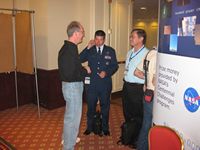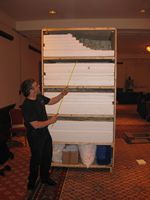100 years ago today, something ‘cosmic’ happened in (or rather ‘over’) Tunguska, in eastern Russia.
There are stories and postings about this all over the Internet; Space.com has posted its take here and, of course, Wikipedia weighs in here.
The Planetary Society hosted a press conference today; “Target Earth: How Prepared Are We for Another Tunguska?” Assuming that they put this online (and I’m sure they will), I’ll link to it.
While bouncing around the ‘net, looking for info on events commemorating this event, I came across this website, “Planetary Defense: In defense of the future”. I am limited on the amount of surfing I can do at the moment, as I’m on vacation (in the Canadian Maritimes) and have only sporadic access to the Interent. However, this site looks pretty interesting and I’ll be checking it out more in the future.
Anyway, all of the events today point to one thing; the Earth is sitting in a cosmic shooting gallery; it’s only a matter of time before something comes our way again. We can sit here with our thumbs up our butt and hope for the best or we can proactively a) look for these suckers and b) develop the technology to deal with them. Fortunately, we are now beginning to take concrete steps to protect ourselves; we can only hope that these efforts continue and intensify.
A Space Elevator would be very handy, indeed, if we had to get large amounts of ‘stuff’ out of our gravity well and into position to defend ourselves. It is one of the most important reasons to develop one.

 In the
In the  This is cool. The Discovery Channel has put together a select
This is cool. The Discovery Channel has put together a select  A couple of months ago, we heard the “Mobile Home Astrophysicist’s”
A couple of months ago, we heard the “Mobile Home Astrophysicist’s” 
 At KansasCity.com, author Jonathan Bender wrote an
At KansasCity.com, author Jonathan Bender wrote an  Brian Turner of the
Brian Turner of the 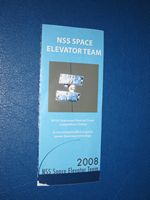
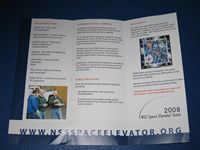
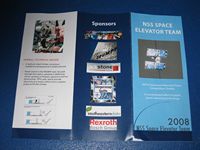
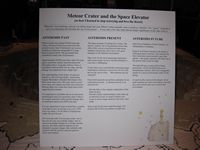
 I enjoyed attending this year’s
I enjoyed attending this year’s 